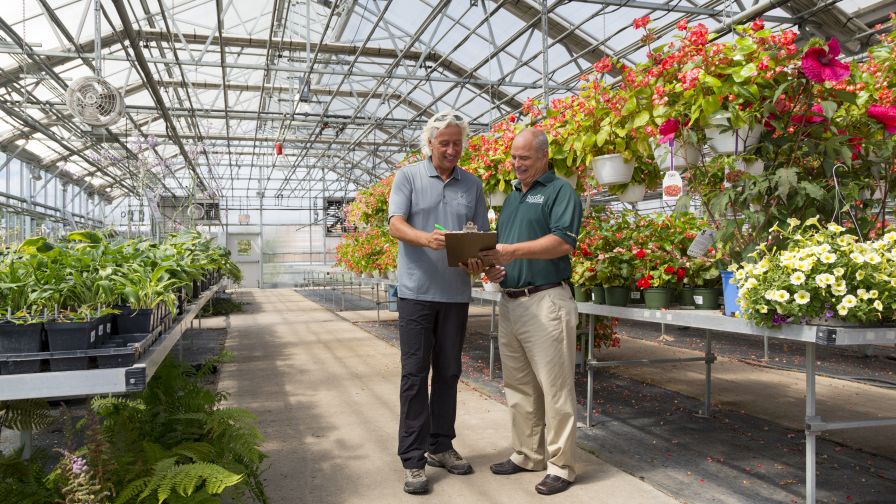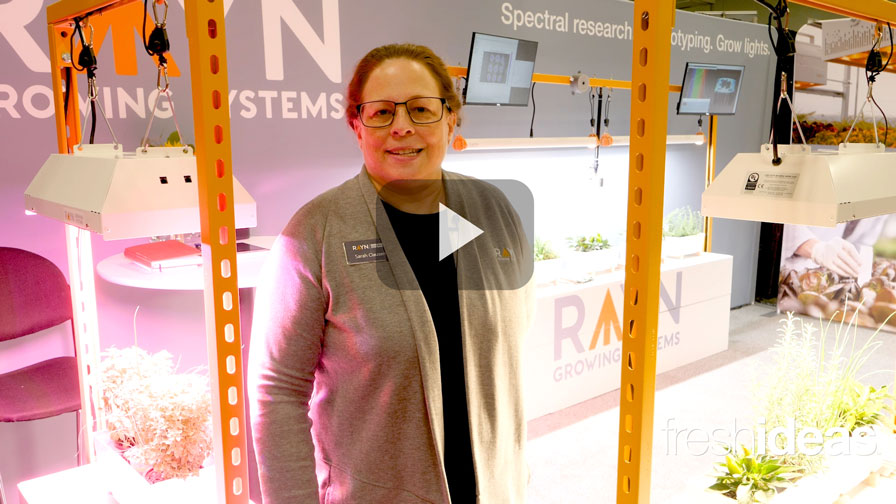Tips for Managing your Greenhouse Risks and Insurance
 As a business owner, your greenhouse is more than a source of income. It’s a passion that requires your attention and care every day. From tending to your plants to meeting customer demands, your to-do list is never-ending. On top of that, you have to juggle the challenge of managing risks throughout your business. It can seem overwhelming at times — especially when it comes to understanding how to protect your livelihood.
As a business owner, your greenhouse is more than a source of income. It’s a passion that requires your attention and care every day. From tending to your plants to meeting customer demands, your to-do list is never-ending. On top of that, you have to juggle the challenge of managing risks throughout your business. It can seem overwhelming at times — especially when it comes to understanding how to protect your livelihood.
For the purpose of this article, I’ll guide you through the most common risks within the horticulture industry, including several safety tips and insurance considerations to protect your operations. That way you can focus on what matters most — your business.
Workplace Injury Risks
More than 30% of workplace injuries involve employees who’ve been on the job for less than one year, according to data from the U.S. Bureau of Labor Statistics (BLS). This is why providing workplace safety training as part of onboarding is an excellent way to help reduce injury risks among new employees. It’s also why workers’ compensation insurance plays a key role in protecting your business from liabilities in case of an unexpected work-related injury.
Still, prevention should be your number one goal. Your safety plan should include policies that help you:
- Incorporate daily safety practices into your routine.
- Conduct pre-shift huddles to review daily tasks and remind workers of safety protocols.
- Use a checklist to conduct regular safety inspections.
- Establish a safety committee led by qualified employees.
- Provide comprehensive training to employees to ensure they can perform their tasks safely.
- Develop a system for reporting incidents as soon as they happen.
Facility and Property Risks
Few things are more critical to the greenhouse industry than the facility and structures that protect your plants. Unfortunately, events like severe weather, theft, and equipment failure can interrupt your operations. To help protect your business, I usually suggest some combination of commercial property insurance and business interruption coverage. That way you can cover the cost of repairs and replacements, while also having the ability to manage overhead expenses while repairs are underway.
Here are a few additional steps you can take to minimize your risks:
- Regularly inspect your facilities and equipment for potential hazards, and promptly address any issues that are identified.
- Establish a protocol for reporting accidents and incidents.
- Create an emergency response and disaster preparedness plan to help ensure your business can respond effectively in the event of a severe weather or other unexpected events.
More recently, inflation may have affected the value of your greenhouse’s property and equipment. It simply costs more to repair and replace structures and equipment than it did several years ago. If you haven’t already, assess the current value of your property to make sure it’s accurately reflected in your policy. It’s a small step, but one that can give you peace of mind that you’re protected.
Liability Risks
Like any business that serves customers, your greenhouse also faces the risk of liability claims and lawsuits. These incidents can occur if a customer slips or falls on your premises, or if one of your employees damages a customer’s property carrying out a service. When these accidents occur, coverages like general liability and umbrella coverage can help financially protect your business.
Driving and Auto Risks
Odds are your business relies on drivers and vehicles to deliver plants and equipment for your business. It’s a key part of getting your products from one place to the next. Unfortunately, accidents happen. That’s why it’s important to maintain commercial auto insurance to help cover the costs related to accidents involving your business and other drivers. It’s also important to emphasize strong hiring and training standards before your employees get behind the wheel.
Cybersecurity Risks
As your greenhouse relies more heavily on digital capabilities and services, the risk — and cost — of a cyberattack could be significant. While strong security protocols and employee training can help your greenhouse defend against cyberattacks, cyber liability insurance remains one of the few ways you can help financially protect your business from a breach.
Tips for Reviewing Your Policy
Integrating insurance into your greenhouse’s business model can help reduce costs, mitigate risks, and prepare you for unexpected incidents. Here are a few tips to help you review your policy:
- Assess your risks: First, review your greenhouse’s unique risks and insurance requirements. The risks I’ve mentioned above are a general starting point, but every greenhouse is different. Consider the types of risks your business faces and the insurance coverages that would be most effective at mitigating those financial risks. Of course, if you don’t know, you can always speak to a professional.
- Research insurance providers: Once you have a good understanding of what you’re looking for, take some time to research different insurers to help you find the best fit. In the horticulture industry, you’ll likely find that a specialized insurer has a strong understanding of the unique risks you face — and resources to help you reduce them.
- Compare policies: Once you have your list of potential options and policies narrowed down, talk with your agent or carrier to discuss what’s covered by each policy.
- Buy the right policies: After thorough research and comparison, it’s time to sign or renew your policy. Don’t forget to review your coverages regularly to ensure they continue to meet your business’s changing needs.
- Work with your insurer to reduce risk — and costs: Your insurance provider can be a valuable partner in helping you reduce your risk and improve your business’s overall operations. They may offer resources or services to help you identify and mitigate risks, which could end up saving you money in the long run.
- Train your employees: It’s important to educate your employees on insurance-related issues so they understand the risks your business faces and know how to prevent accidents and injuries. Go over policies and best practices with your employees on a regular basis so you can keep them abreast of any changes.
By taking steps to understand and manage your risks now, you can help protect your greenhouse and everything your team has worked hard for. As always, the tips I’ve shared in this article are meant to give you a head start, but they shouldn’t replace the discussions you should be having with a local expert. If you have any questions in the meantime, please reach out — I’m happy to help.









